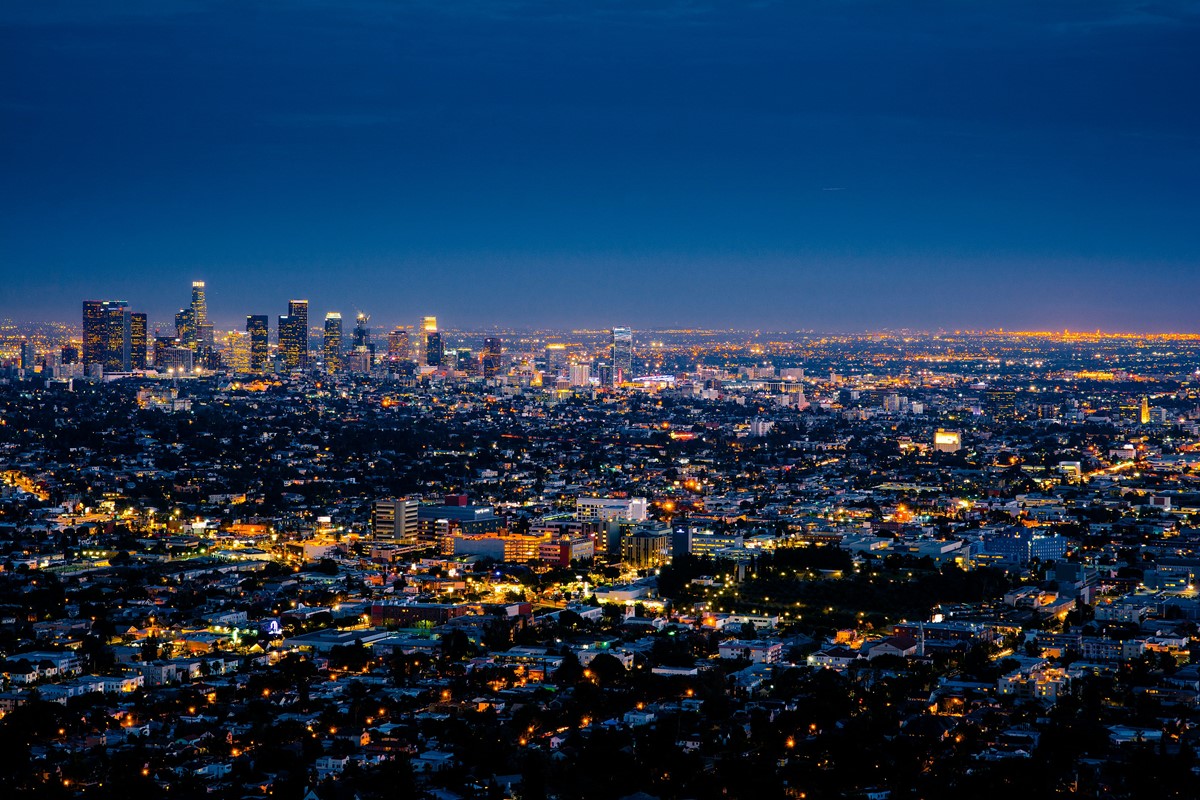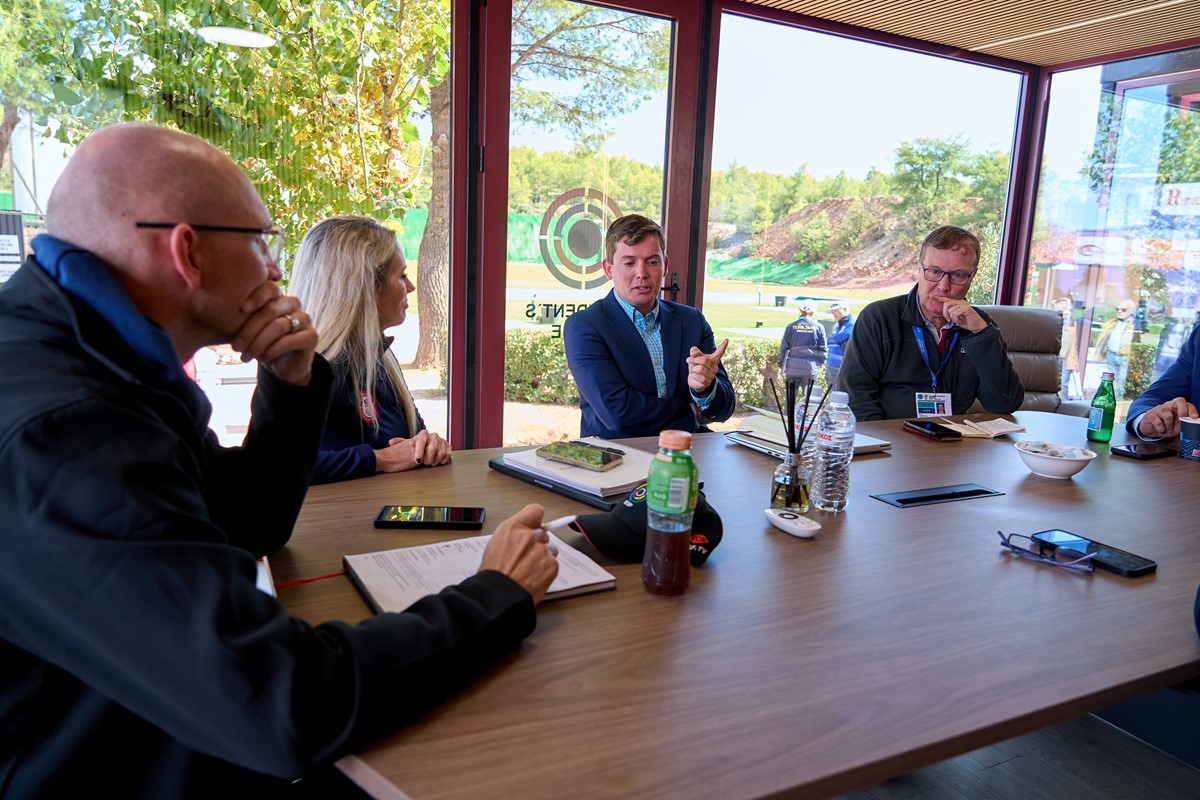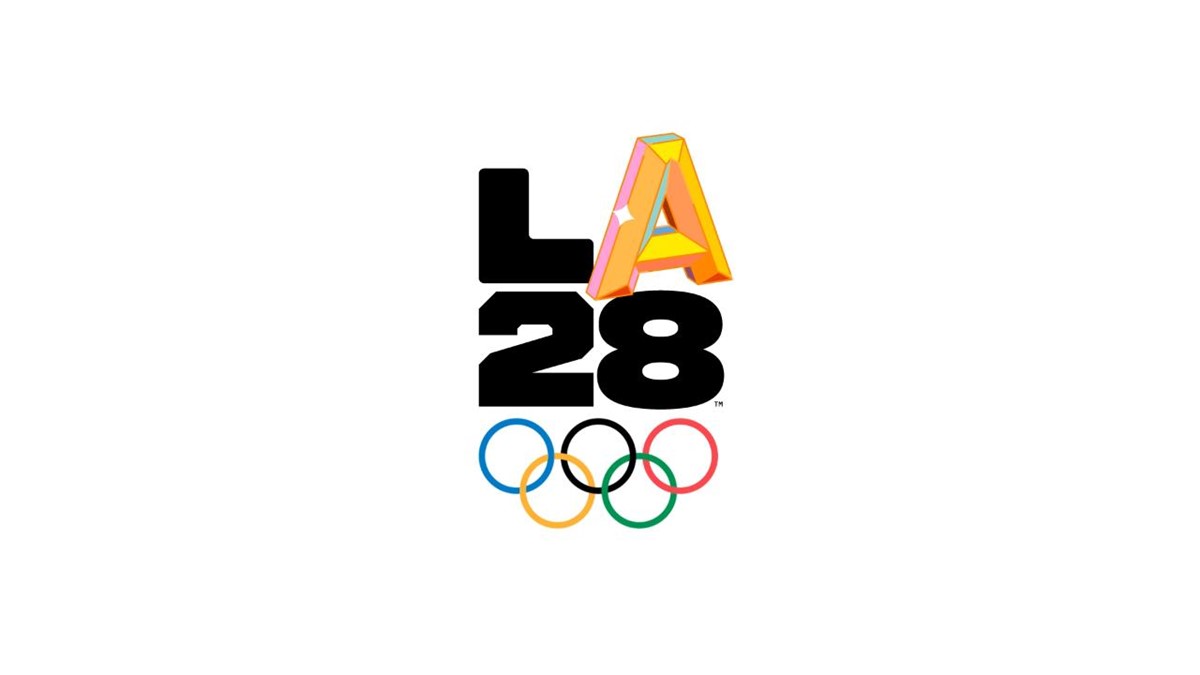Today marks the milestone of 1,000 days until the Opening Ceremony of the Los Angeles 2028 Olympic Games, with shooting sport set to feature for the third time on the sports programme in Southern California.
Our sport has been part of the Olympic Movement since the first edition of the Modern Olympic Games in 1896 in Athens. Part of that long history in the sport saw shooting sport part of the schedule for the 1932 and 1984 Olympic Games in Los Angeles.
The 1932 Games saw the return of shooting after its absence in Amsterdam in 1928 over amateurism disputes. Taking place in the city's Elysian Park at the Los Angeles Police Rifle Range, 41 athletes from 10 nations competed for the medals. In the two finals, the men's 25m rapid fire pistol and the 50m rifle prone, the gold medallists were Renzo Morigi of Italy and Bertil Rönnmark from Sweden.
Rönnmark, who missed the 1929 ISSF World Championship due to his pharmacy studies, won six gold medals over the span of four years from 1931 to 1935. He also won eight silvers and eight bronzes in individual and team events from 1931 to 1939. He chose to end his international career in 1939 as the Second World War started, staunchly opposing the Nazi regime in Germany at that time. He would go on to become an administrator in Swedish shooting sport until his death in 1967. One of his world records, in the kneeling free rifle, would last 22 years.
Our sport has been part of the Olympic Movement since the first edition of the Modern Olympic Games in 1896 in Athens. Part of that long history in the sport saw shooting sport part of the schedule for the 1932 and 1984 Olympic Games in Los Angeles.
The 1932 Games saw the return of shooting after its absence in Amsterdam in 1928 over amateurism disputes. Taking place in the city's Elysian Park at the Los Angeles Police Rifle Range, 41 athletes from 10 nations competed for the medals. In the two finals, the men's 25m rapid fire pistol and the 50m rifle prone, the gold medallists were Renzo Morigi of Italy and Bertil Rönnmark from Sweden.
Rönnmark, who missed the 1929 ISSF World Championship due to his pharmacy studies, won six gold medals over the span of four years from 1931 to 1935. He also won eight silvers and eight bronzes in individual and team events from 1931 to 1939. He chose to end his international career in 1939 as the Second World War started, staunchly opposing the Nazi regime in Germany at that time. He would go on to become an administrator in Swedish shooting sport until his death in 1967. One of his world records, in the kneeling free rifle, would last 22 years.
 Los Angeles will host the Olympic Games for the third time, in 2028. Photo: Henning Witzel
Los Angeles will host the Olympic Games for the third time, in 2028. Photo: Henning WitzelIt would be another 52 years until Los Angeles held the Olympic Games again. While 1932 faced issues during the Great Depression, by 1984, the United States was an economic powerhouse and shooting sport had long regained its rightful position on the programme.
There were still concerns over the inclusion of the sport due to the difficulty finding a suitable venue, but this was soon resolved with the construction of the Prado Olympic Shooting Park in Chino, 40 miles outside of Los Angeles.
It was also the first Olympic Games to see men and women in separate categories in rifle and pistol, having competed together since 1968. Trap and skeet events would remain mixed.
The United States were the best nation in the sport at the Games for the first time since 1972. Ed Etzel delivered in the men's 50m rifle prone final to equal the Olympic record, while 18-year-old Pat Spurgin became the first Olympic champion in women's air rifle. Their third gold came from Matthew Dryke in skeet, the favourite. The 1983 world champion had started his career as a trick shooter, learning to shoot skeet while riding a unicycle.
For China, there was history for Xu Haifeng in the men's 50m pistol - becoming his country's first Olympic champion with a new Olympic record. Wu Xiaoxuan became the first female Olympic gold medallist from China when she claimed victory in the 50m rifle 3 positions event. A sign of future success, Li Yuwei made it three golds for the country when he won the men's 50m running target.
Other notable performances included Canada's Linda Thorn winning the women's 25m pistol, becoming the first woman to win an Olympic shooting gold medal after beating American Ruby Fox in a shoot-off. Also determined by a shoot-off was the trap event which saw Italian Luciano Giovannetti defeat Francisco Boza of Peru and the United States' Daniel Carlisle for the gold after all three finished with the same score.
Takeo Kamachi gave Japan its first rapid fire pistol medal when he took gold in what was considered the biggest upset on the range. Making his fourth Olympic appearance with a best placing of 12th, he defeated the defending champion Corneliu Ion to the title. Other gold medallists were France's Philippe Heberle in the men's 10m air rifle and Great Britain's Malcolm Cooper in the men's 50m rifle 3 positions.
There were still concerns over the inclusion of the sport due to the difficulty finding a suitable venue, but this was soon resolved with the construction of the Prado Olympic Shooting Park in Chino, 40 miles outside of Los Angeles.
It was also the first Olympic Games to see men and women in separate categories in rifle and pistol, having competed together since 1968. Trap and skeet events would remain mixed.
The United States were the best nation in the sport at the Games for the first time since 1972. Ed Etzel delivered in the men's 50m rifle prone final to equal the Olympic record, while 18-year-old Pat Spurgin became the first Olympic champion in women's air rifle. Their third gold came from Matthew Dryke in skeet, the favourite. The 1983 world champion had started his career as a trick shooter, learning to shoot skeet while riding a unicycle.
For China, there was history for Xu Haifeng in the men's 50m pistol - becoming his country's first Olympic champion with a new Olympic record. Wu Xiaoxuan became the first female Olympic gold medallist from China when she claimed victory in the 50m rifle 3 positions event. A sign of future success, Li Yuwei made it three golds for the country when he won the men's 50m running target.
Other notable performances included Canada's Linda Thorn winning the women's 25m pistol, becoming the first woman to win an Olympic shooting gold medal after beating American Ruby Fox in a shoot-off. Also determined by a shoot-off was the trap event which saw Italian Luciano Giovannetti defeat Francisco Boza of Peru and the United States' Daniel Carlisle for the gold after all three finished with the same score.
Takeo Kamachi gave Japan its first rapid fire pistol medal when he took gold in what was considered the biggest upset on the range. Making his fourth Olympic appearance with a best placing of 12th, he defeated the defending champion Corneliu Ion to the title. Other gold medallists were France's Philippe Heberle in the men's 10m air rifle and Great Britain's Malcolm Cooper in the men's 50m rifle 3 positions.
 Cooperation between the ISSF and LA28 has been strong heading into the next Olympic Games
Cooperation between the ISSF and LA28 has been strong heading into the next Olympic GamesWith shooting's return to Los Angeles for 2028, action will take place for rifle and pistol events at a purpose-built indoor range at the Long Beach Convention Centre and an existing shotgun facility of Whittier Narrows Clay Shooting Centre in South El Monte, to the west of the city. There will be more events than ever before, with 15 in total - six men's, six women's and three mixed team.
There will be 11 days of competition at LA28 in shooting sport across the two venues, taking place from July 15 to 25 2028.
The ISSF looks forward to the next 1,000 days until the Olympic Games commence in Los Angeles, and close cooperation between our organisation, the International Olympic Committee and the LA28 Organising Committee.
There will be 11 days of competition at LA28 in shooting sport across the two venues, taking place from July 15 to 25 2028.
The ISSF looks forward to the next 1,000 days until the Olympic Games commence in Los Angeles, and close cooperation between our organisation, the International Olympic Committee and the LA28 Organising Committee.

